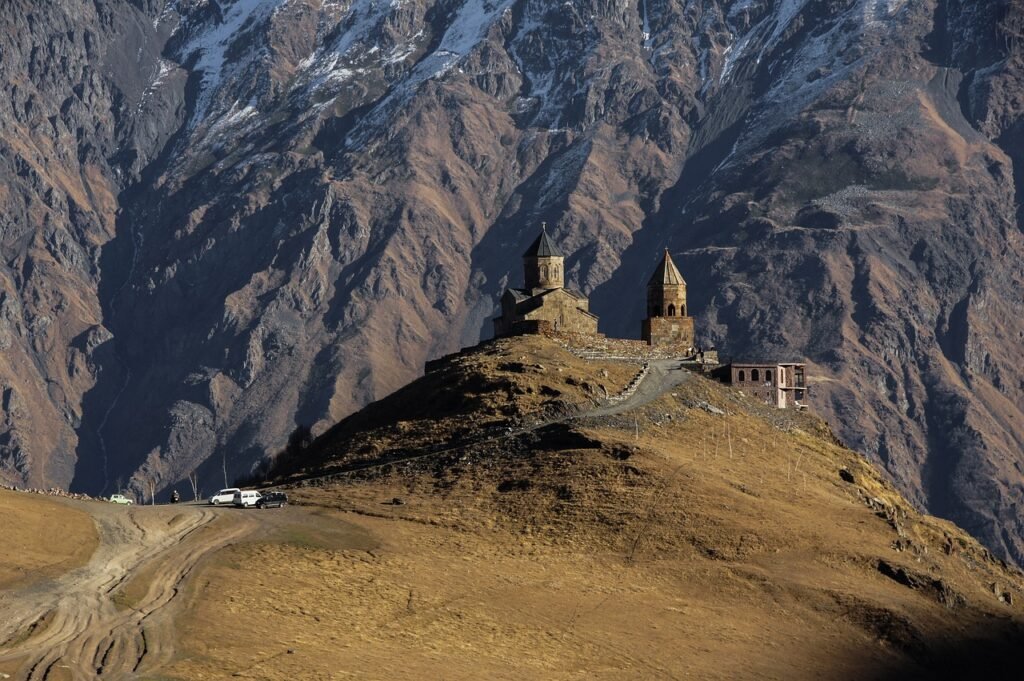
Nearly noble grape varieties: Rkatsiteli
If you recognise the name of this wine, chances are you’ve done some travelling in Georgia. Not the state in America, but the country in Europe! For most people, this grape is probably largely unknown, and if it is, don’t worry, by the end of this post, you’ll be much better informed.
About the grape
This medium sized white grape, is late budding and late ripening, has tart acidity and is especially resistant to cold climates. The name translates to ‘red stem’ because the stems turn a reddish colour when ripened. Typically berries (grapes) are left on the vine to ripen, developing sugars which balance the tart acidity. This variety tends to be quite resistant to fungus.
Why does it deserve its nearly noble status?
One of the oldest grape varieties in the world – This grape has been around over 5,000 years, and likely played a significant role in the emergence of wine making. Georgia is one of the oldest wine producing regions on our planet.
One of the most planted varieties in the world – Despite being relatively unheard of, this grape is pretty prolific. However, most of it is grown in the former Soviet Union – Georgia, Russian, Ukraine, Bulgaria, Moldova and Kazakhstan.
Stunning natural wines made in traditional Qvevri – The Qvevri is an egg shaped clay pot used in traditional wine making. Wines produced using this method maintain skin contact making them natural or orange wines.
A versatile grape with a range of styles – In addition to the natural wines, clean, fresh, floral, acidic white wines are made, some higher quality complex white wines are also produced, as well as sherry style, sweet and sparkling wines.
Profile
There are a number of different styles to this wine, but typically a dry white wine made from this variety will be:
- High acidity (tart acids)
- Dry in style
- Medium to high alcohol
- Medium body
- No tannin (except in natural wine styles)

Tasting notes for dry styles include: Lime, peach, grapefruit, quince, apple, quince and florals. For natural wines, the skin contact will leave orange peel, apricot, tropical fruit, honey and warm spices. This wine pairs well with poultry, pork and fish. Natural wines pair well with spiced food and aromatic rice centred dishes.
Production
As has been mentioned this wine is grown extensively in former USSR states of Georgia, Russia, Ukraine, Bulgaria, Moldova and Kazakhstan. There are also some smaller plantations in the United States and Australia. It has also found its way into Chinese wine production.
You’ll like Rkatsiteli if you like…
Wine such as Petit Chablis, high quality Pinot Grigio, orange wines made with the Bacchus or Furmint grape varieties.
So did you know about this variety? Have you tried one of the excellent Georgian examples, or one from elsewhere? If you did, I’d love to know what you thought. Why not write me a note. In the meantime, keep exploring this beautiful planet we live on, one glass at a time!